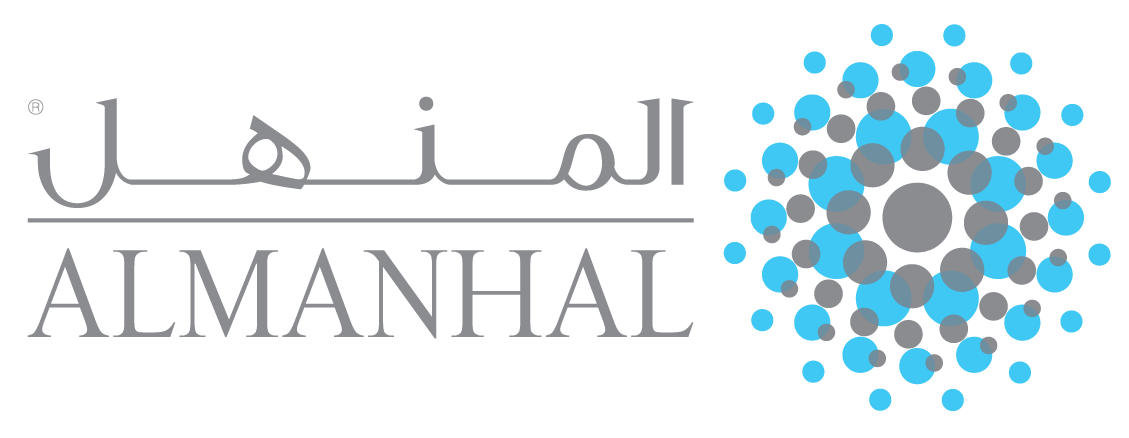The Role of Awareness in Islamic Bank Patronizing Behavior of Mauritanian: An Application of TRA
DOI:
https://doi.org/10.31436/jif.v3i2.46Abstract
This paper is aimed at examining the role of awareness and the applicability of the theory of reasoned action (TRA) in predicting the intention of people to patronize Islamic Banks in Mauritania. A total of 227 respondents were involved and structural equation model was used to measure the relationship between the exogenous and endogenous variables in the model. The results have shown that TRA is a valid model in predicting the intention of Mauritanian to patronize Islamic banks in Mauritania. Attitude and subjective norm were found to have a positive influence upon the intention to patronize Islamic banks. It was also proven that awareness has a positive and significant influence upon the attitude and thus influences the intention of Mauritanian to patronize Islamic bank.
Downloads
References
Abduh, M., Omar, M. A., and Duasa, J. (2011). Factor Influence Depositor's Withdrawal Behavior in Islamic Banking: A Theory of Reasoned Action. World Academy of Science, Engineering and Technology, 60, 2074-2079
African Dev. Bank. (2011). Islamic Banking and Finance in North Afric, Past development and Future Potentail . African Developmen Bank.
Ajzen, I. and Fishbein, M. (1980). Understanding Attitudes and Predicting Social Behavior. USA: Prentice-Hall.
Bollen, A.K. and Long, J.S. (1993). Testing Structural Equation Models. SAGE Publication.
Dusuki, A.W. and Abdullah, N.I. (2007). Why do Malaysian customers patronise Islamic banks?. International Journal of Bank Marketing, 25(3), 142 - 160.
Erol, C. and El-Bdour, R. (1989). Attitude, Behavior and Patronage Factors of Bank Customers Towards Islamic Banks. International Journal of Bank Marketing, 7(6), 31-37.
Haron, S., Ahmad, N., Planisek, S.L. (1994). Bank Patronage Factors of Muslims and Non-Muslims Customers. International Journal of Bank Marketing, 12(1), 32-40.
Kline, R. B. (2011). Principles and practice of structural equation modeling. Guilford press.
Lada, S., Tanakinjal, G.H. and Amin, H. (2009). Predicting intention to choose halal products using theory of reasoned action. International Journal of Islamic and Middle Eastern Finance and Management, 2(1), 66-76.
Mowen, J.C. (1990). Consumer Behaviour. USA: MacMillan.
Naser, K., Jamal, A. and Al-Khatib, K. (1999). Islamic banking: a study of customer satisfaction and preferences in Jordan. International Journal of Bank Marketing, 17(3), 135-151.
Nunnelly, J.C (1978). Psychometric Theory (2nd Edn.). U.S.A: McGraw Hill.
Perloff, R. M. (2003). The Dynamics of Persuasion ,Communication and Attitudes in the 21st Century. Lawrence Erlbaum Assocaites , Mahwa New Jersey.
Rammal, H. and Zurbrugg, R. (2007). Awareness of Islamic banking products among Muslims: the case of Australia. Journal of Financial Services Marketing, 12, 65-74.
Schumacker, R.E and Lomax, R.G. (2004). A Beginners Guide to Structural Equation Modeling. Routledge
Stiftung, B. (2012). BTI 2012 — Mauritania Country Report. Gütersloh: Bertelsmann Stiftung.
World Bank. (2013). Islamic Republic of Mauritania : Financial Sector Development Strategy and Action Plan 2013-2017. Washington, DC: World Bank.












